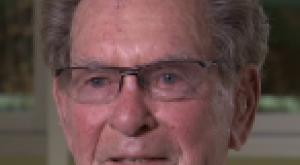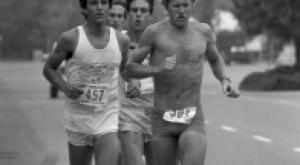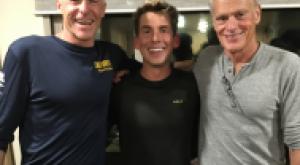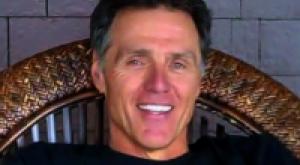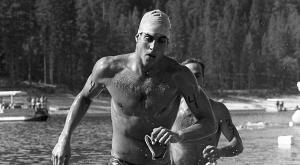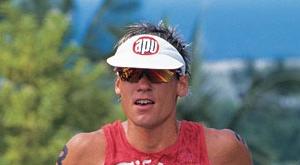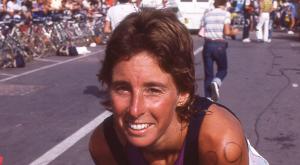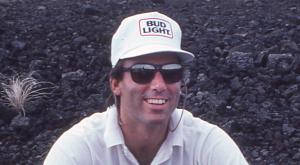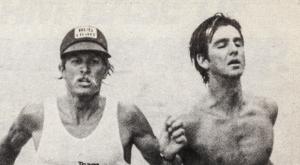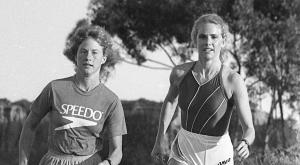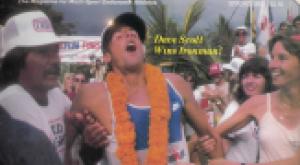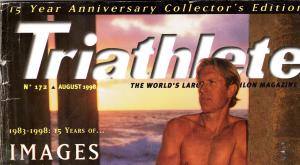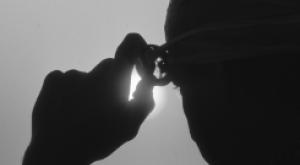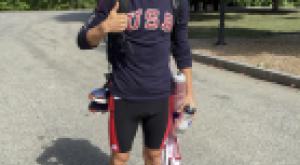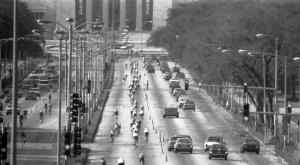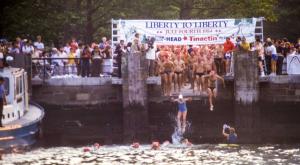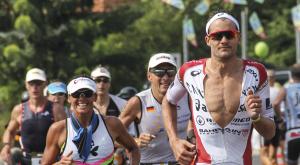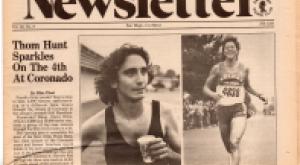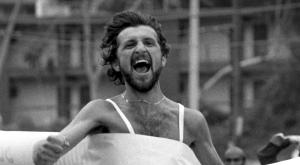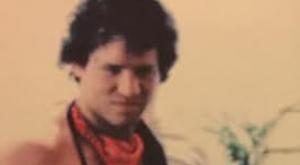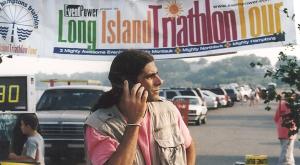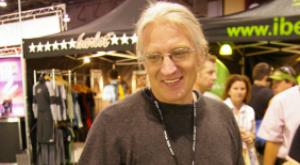
Dale Basescue
1950’s fitness guru, Jack Lalanne, argued wrongly that “I can’t die; it will ruin my reputation.” The American icon lasted 96 years and three months before he passed quietly in January of 2011. At the root of any discussion on the cultural history of health and fitness, you will still find the name, Jack Lalanne. Increasingly, however, Jack Lalanne’s nine and one-half decade tenure stands anomalous to a troubling trend of athletes dying before their time.
A funny thing happens when an athlete dies too young and too incomplete. Their death affects the social norm in unique ways. Their passing at 40 or 50 or even 60 years old mutates the pecking order. We knew them as heroes when we too were young, when they were invincible and unkillable. Their existence marked the very edge of something. And that something might be a kind of link to eras gone by, to a sporting history that in our nascent times could be traced to Ancient Greece, The Babe or the Polo Fields. That something could be our own relationship with our youth, our denial of all-things-old. Our own death.
When Muhammed Ali died in the early summer of 2016 he took a part of my teenage rebellion against the Vietnam War with him. I might have hung on to that angst-ridden puberty just for the effect it had on my adulthood. But not without The Greatest in my corner.
The last few years have witnessed several triathletes come to an early end and their deaths may prompt us to reflect on the state of our health or the state of our lives. Dale Basescu’s recent passing at 60 years old, reportedly during a swim workout, drives us to near cliché—nobody gets out of here alive. But how else might this example be considered when set next to the deaths of other significant triathletes? Marc Suprenant, 49 (5/25/10 of systemic poising), Klaus Barth, 57 (10/22/06 of cancer), George Wright, 63 (12/1/05 of a cardiac event), Cliff Rigsby, 63 (6/16/16 of a water-related trauma), Ron Smith, 77 (6/29/11 of cancer). Add ancillary industry persons and you include William R. Katovsky, 58 (11/1/15 of stenosis shock), Steve Hed, 59 (11/26/14 of a cardiac event), and Steve Tarpinian, 47 (3/15/15 of self-inflicted trauma). We might compare demographics and realize there is nothing completely irregular with middle -aged men falling victim to disease and trauma. But these weren’t regular men. They were immutable facts. Rigsby had been a career firefighter. Smith a Navy SEAL. Barth had taught inner-city punks to respect themselves through sport. Hed had invented most-things-aero in the multisport world. They were postmodern warriors who could think, act, fight, write, teach, and preach better than any shiny cartoon figure.
And they were ours.
We can excuse Jack Lalanne’s failure to live forever based upon his healthful near-century. But Dale Basescu’s check-out in the prime of what he admitted was his “third and final return to the sport of triathlon” seems not so much as unbelievable but unacceptable.
Therein lies the rub. How do we athletes who expect to live forever because we can run 5k or swim across the backyard pool without stopping negotiate the passing of others who thought the same?
I sat in a hospital room with Ron Smith when the doctors walked in and told him he had weeks not months or years to live. Here was a mountain of a man who’d raised four great kids, was married to three great wives, started two great companies, and fought in one un-great war. Smith had as many age group victories in endurance sports as he had friends who’d give him a kidney. The doc tells him he has few options and he turns to me and asks about my family, my training, and how the surf was that morning. Smith didn’t care. His work was done.
But most of us aren’t to that point of self-actualization. And we never will be. And so we keep going. Training as if our hearts and minds and bones and balls are twenty-one and too bitchin to age up or out. We refuse to accept the vagaries of age because leaving competitive sport is leaving life. There is always a streak or a comeback or new age-group to contest. As we should. We are athletes with warrior’s hearts and the need to be needed, to be hailed and celebrated. If we aren’t rising, we are falling. And the myth of going out on top is sadly false. Who dies at their peak of glory because who would ever want to miss those years of remembering just how much fun we had?
Popular culture has whole heartedly embraced the theme of the aging or dying athlete. In the Netflix catalog there are over 100 films that strive to embrace the emotional tug of passing physical culture because it is more than mythic or biblical. The athlete’s death is distinctly human. And as we swallow it with the rest of commercial sport’s pills, we rarely think of its effect.
There is a wonderful scene in For the Love of the Game (1999) when Kevin Costner’s character, Billy Chapel, asks his catcher, Gus (played by John C. Reilly) if there was any score in the game yet. Chapel is the aging pitcher who just might throw a perfect game in his last time on the mound. Gus looks nervous and glances from side to side before telling Chapel, “Chappy, I ain’t seen anything like this before.”
Most of us never witness athletic perfection in the end. Sports participation tends to follow its natural route and ends the same way it begins, with misfires and mistakes and basic fuck-ups at every step. Ugly stuff unless you can reset your expectations. And so we hold onto the myth of immortality, cuddle it and confide in no one how we fear the loss of a podium place more than a driver’s license or a limb.
# # #
The death of multisport athletes may or may not be telling of the costs and benefits of endurance training. How does one balance the medical risks of hypertrophic cardiomyopathy with the psychological benefits of completing your first 10k or a full distance swim/bike/run affair? How does one trade arthritic knees for the purity of having followed one’s true passion?
Dale Basescu’s passing catalyzes many questions. Here was a former top-5 professional triathlete who had the prescience to realize he wasn’t engineered for the IRONMAN®, who knew his body well as a skilled chiropractor, personal trainer, musician, and actor. Here was a man who had an advanced relationship with his physical presence. When Dale walked into a room and the lights hit those great teeth backing that genuine smile, his mark was on. Here was a man-child who at 60 could double for 40, who never over-trained, who loved a lot and loved to be loved. Here was a post millennial renaissance man who could sing and dance and save Beverly Hill-bullies from real and imagined back pain. Here was a physical being who had survived the death of a young wife, cold and stiff next to him in an overnight and unspeakable thing.
Of every triathlete I raced against in the 1980s and 1990, Dale Basescu would be voted “least likely to go early.” And so it goes.
# # #
A.E. Houseman’s canonical poem, To an Athlete Dying Young is perhaps too often referred when speaking of athlete’s early death. But there is an oft-omitted fourth (of seven) stanza that stands sentinel to the Ron Smiths and Klaus Barths and Marc Suprenants and Bill Katovskys and others gone past and future:
Eyes the shady night has shut
Cannot see the record cut
And silence sounds no worse than cheers
After earth has stopped the ears.
It’s that last line that gets me; that in our rush to catalog and negotiate the passing of an athlete who meant so much to so many, we stop hearing what they had to say.

